Subtotal: R480.00
RS Transceiver Click
R900.00 ex. VAT
RS Transceiver Click is a compact add-on board that offers an interface between the TTL level UART and RS-232/RS-422/RS-485 communication buses. This board features the XR34350, an RS-232/RS-422/RS-485 serial transceiver with internal termination and wide output swing from MaxLinear. Integrated cable termination and four configuration modes allow all three protocols to be used interchangeably over a single cable over the DE-9 connector. All transmitter outputs and receiver inputs feature robust ESD protection and HBM up to ±15kV. This Click board™ makes the perfect solution for the development of low-power serial communications, portable serial devices, point-of-sale equipment, HVAC systems, building automation, and many more applications.
RS Transceiver Click is fully compatible with the mikroBUS™ socket and can be used on any host system supporting the mikroBUS™ standard. It comes with the mikroSDK open-source libraries, offering unparalleled flexibility for evaluation and customization. What sets this Click board™ apart is the groundbreaking ClickID feature, enabling your host system to seamlessly and automatically detect and identify this add-on board.
Stock: Lead-time applicable.
| 5+ | R855.00 |
| 10+ | R810.00 |
| 15+ | R765.00 |
| 20+ | R736.20 |

 MP3 Click
MP3 Click 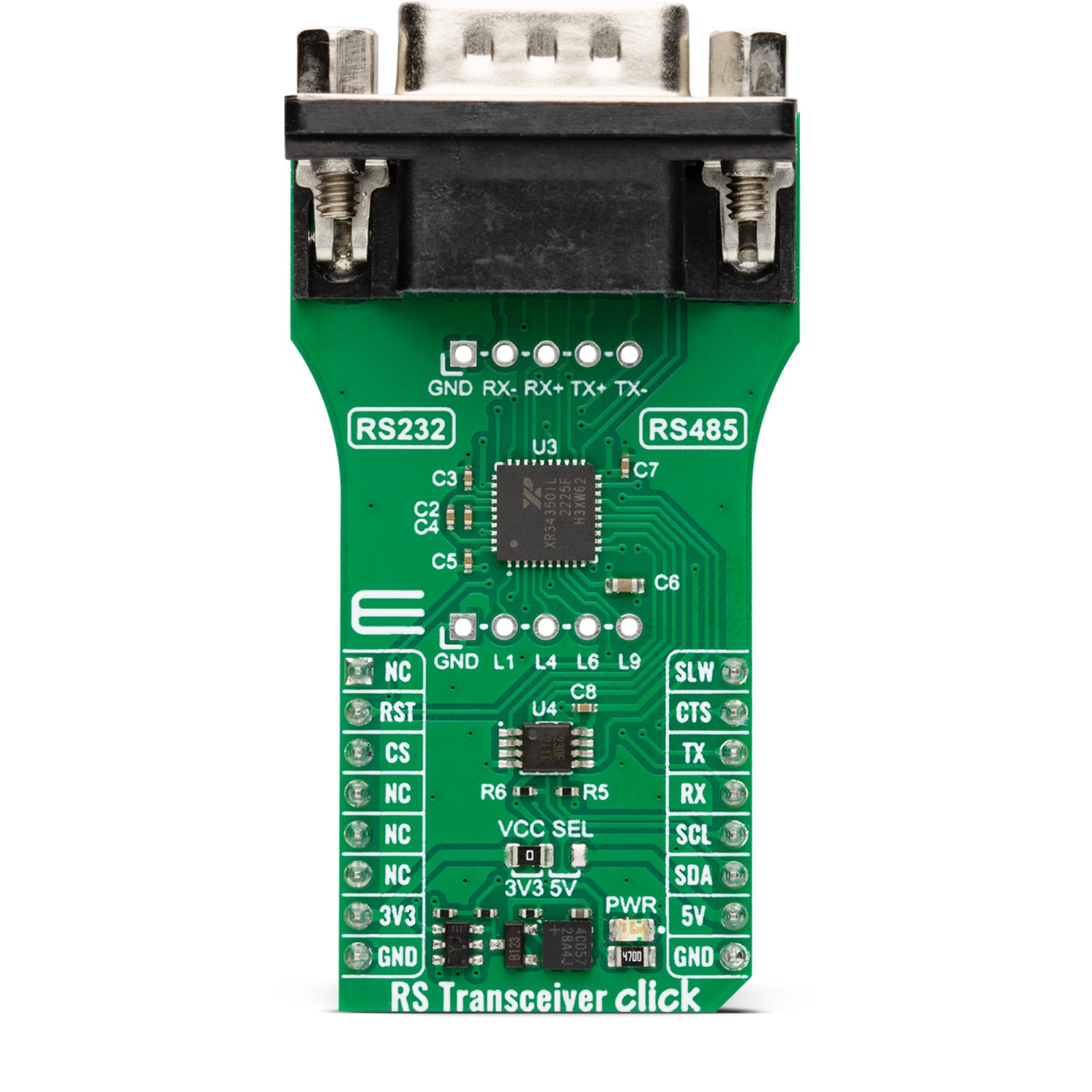
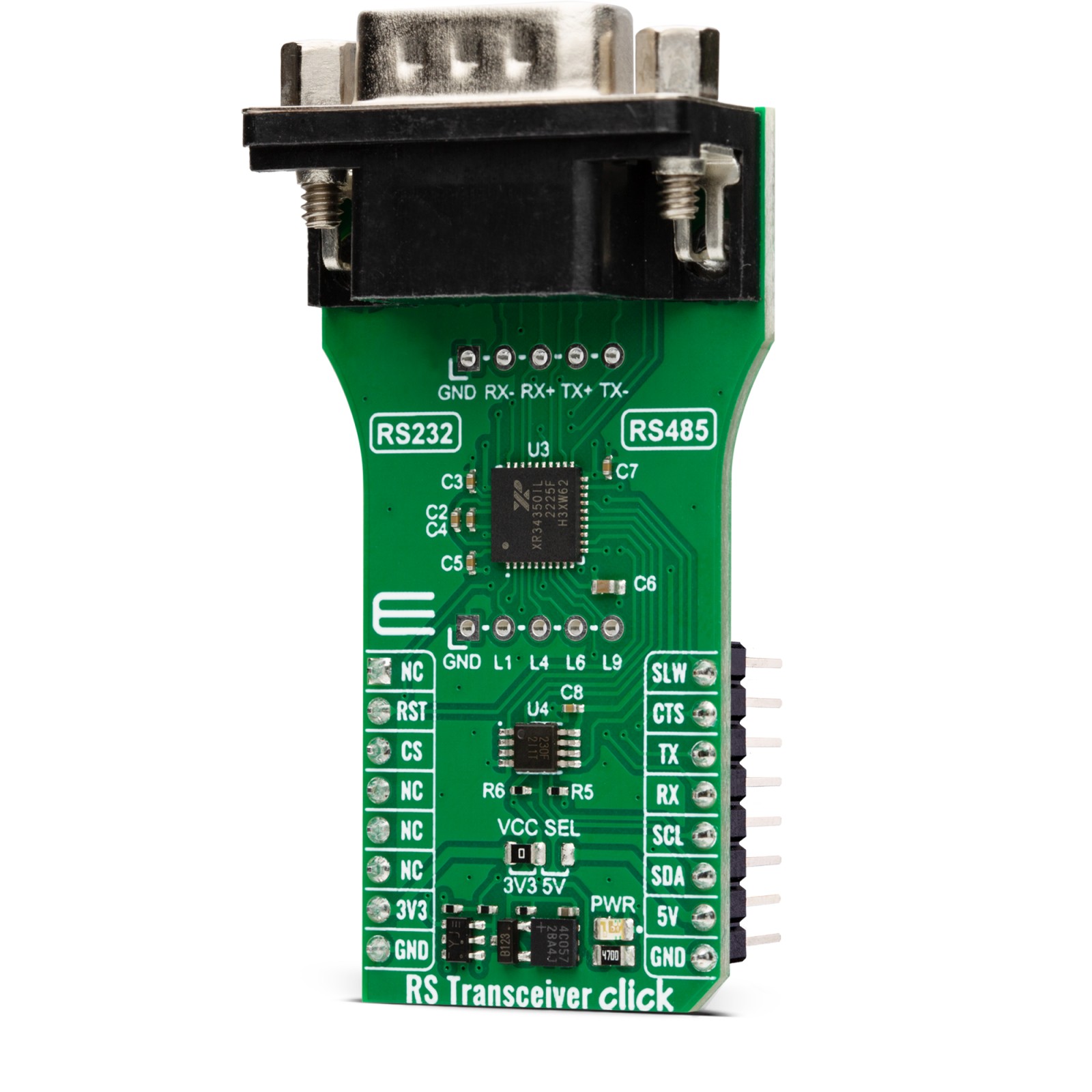
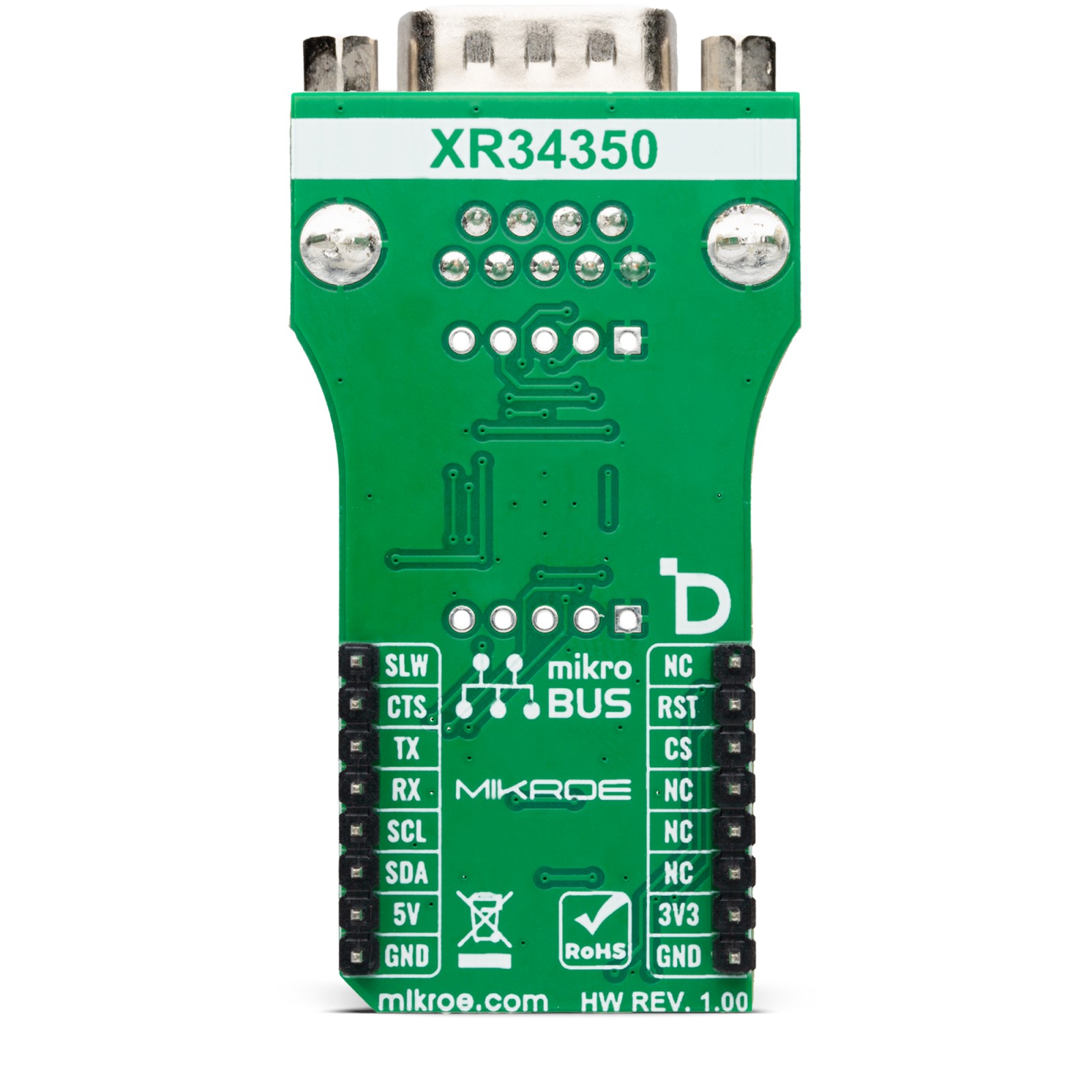

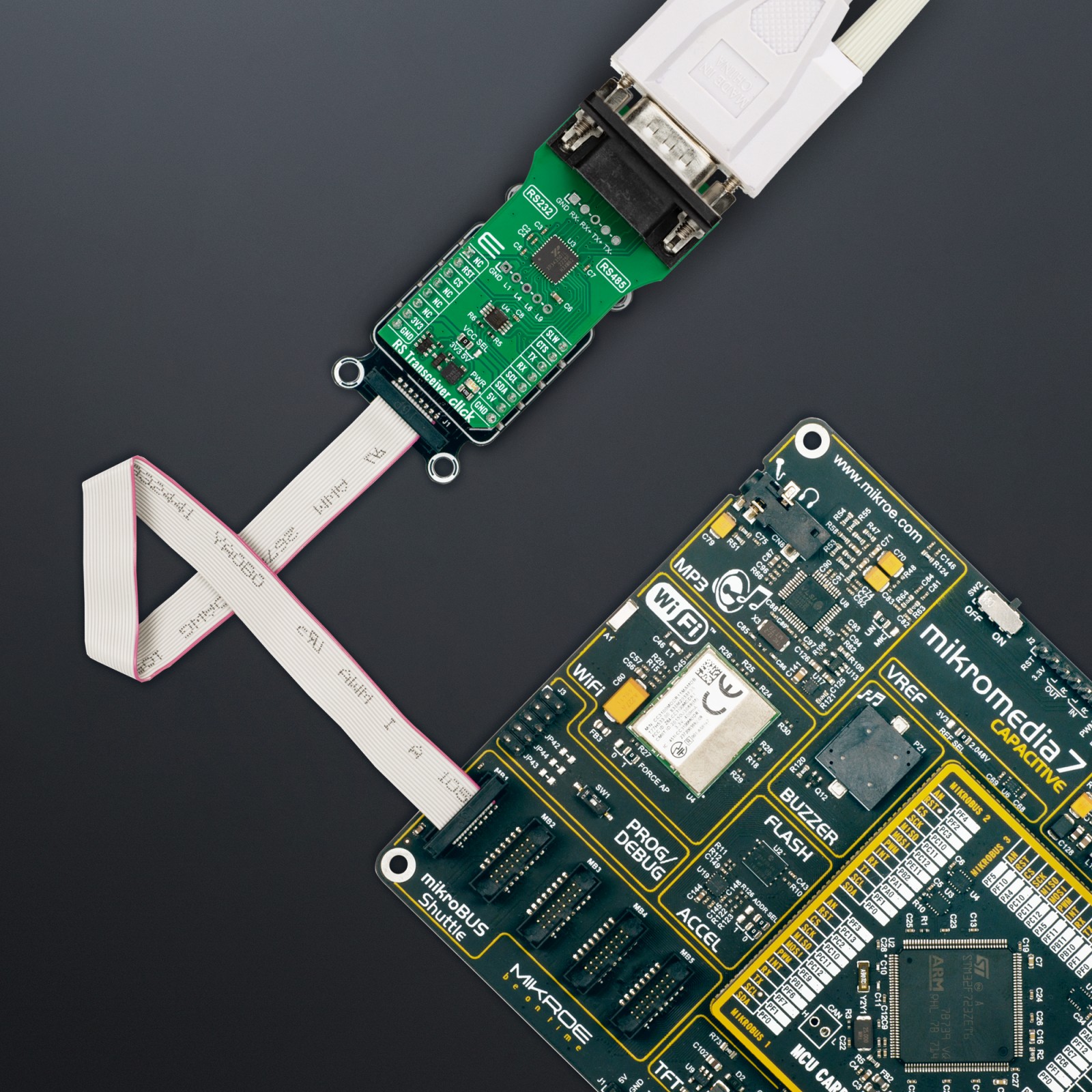
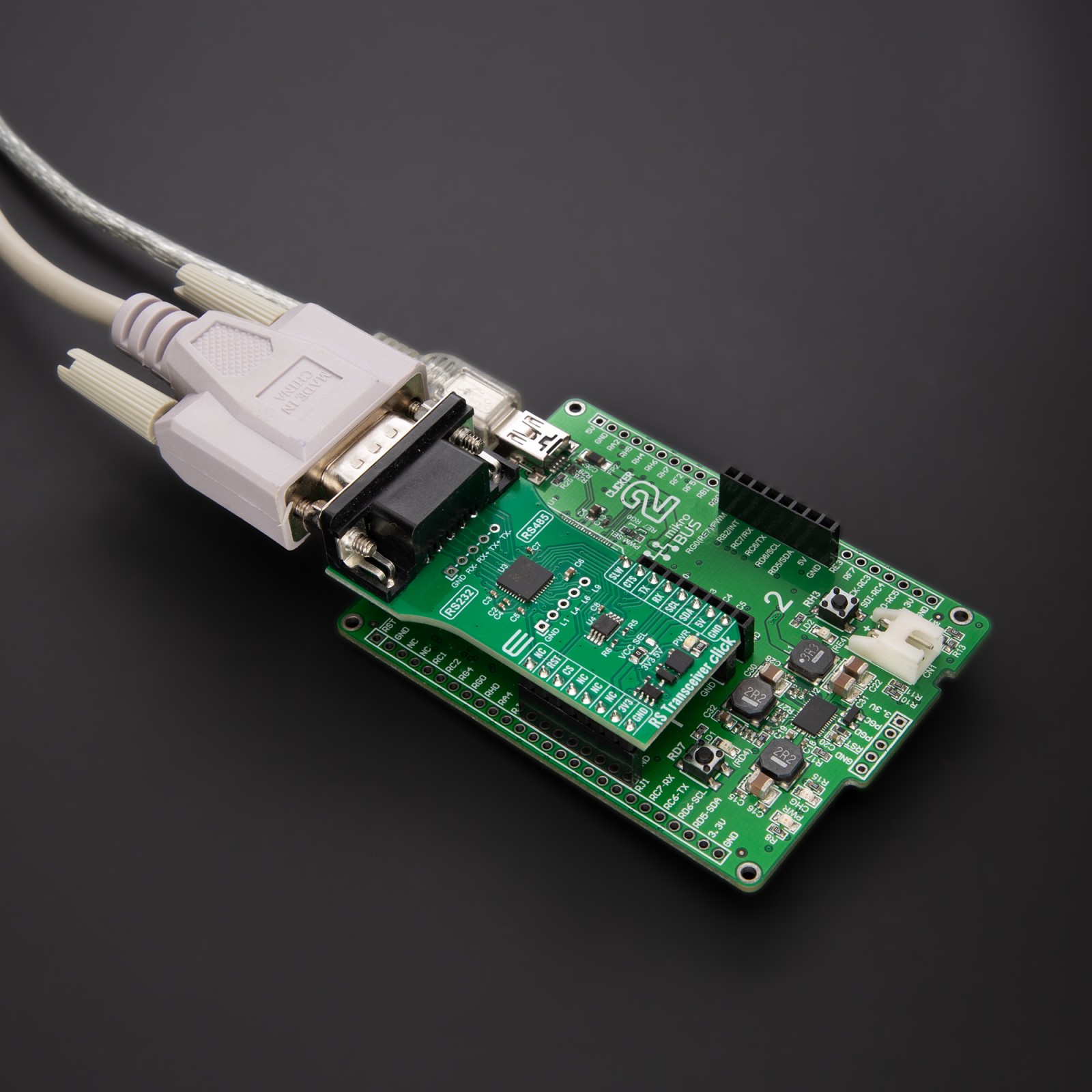

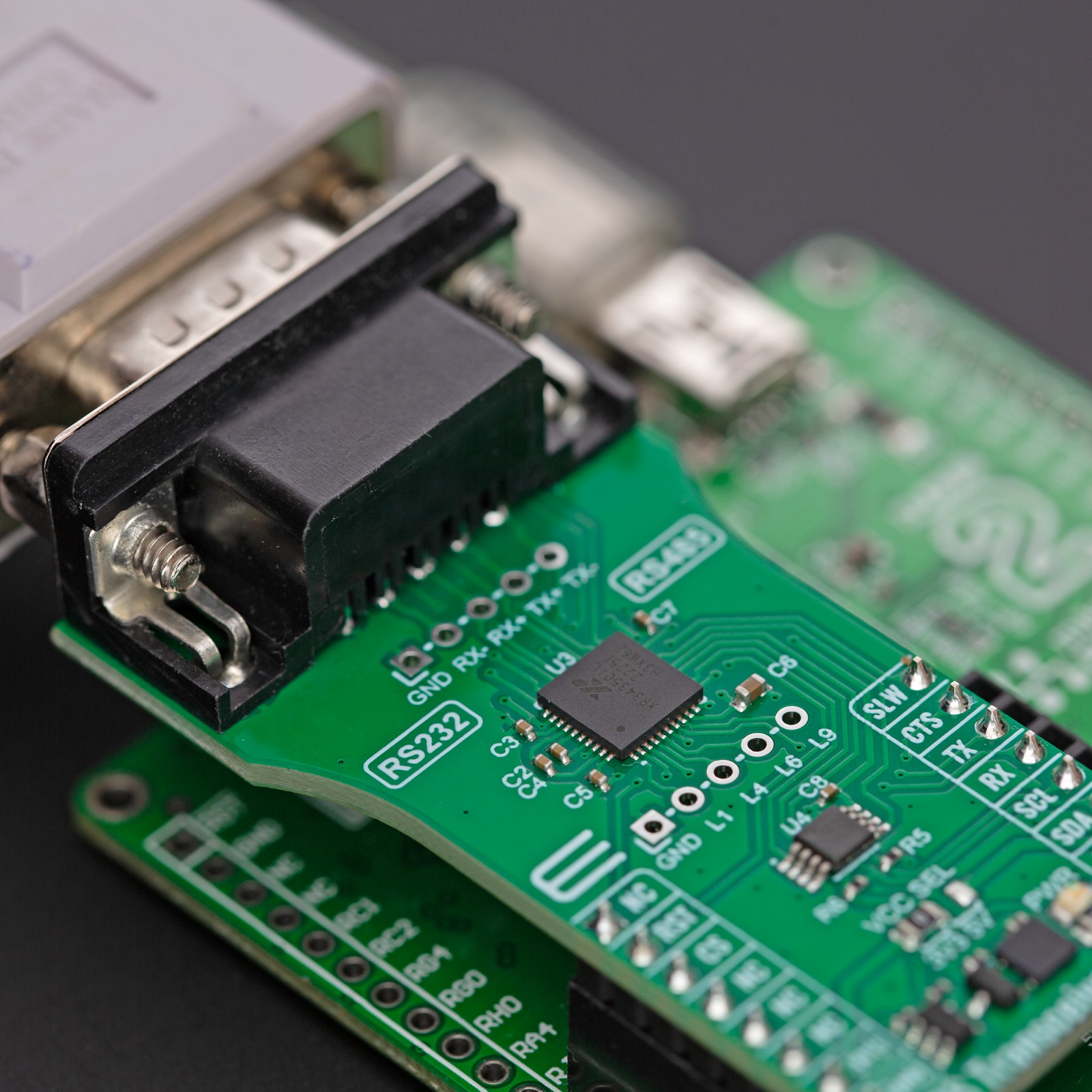
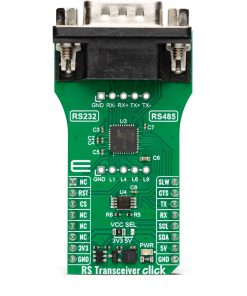
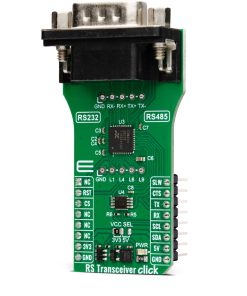


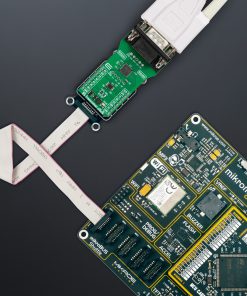
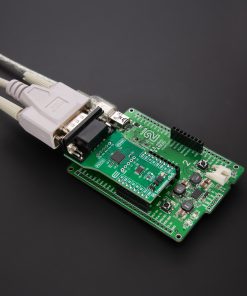
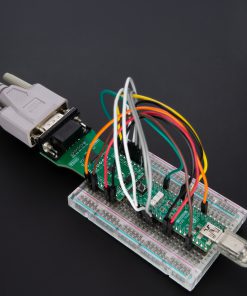

.jpg)








